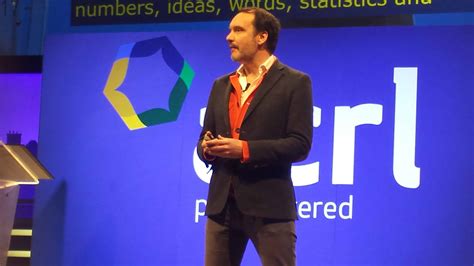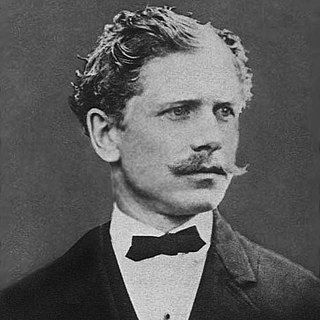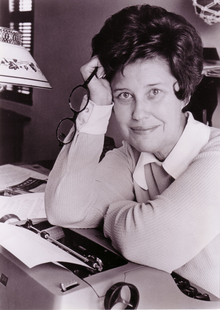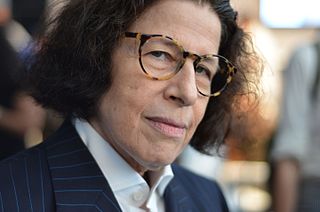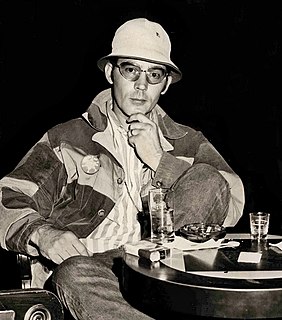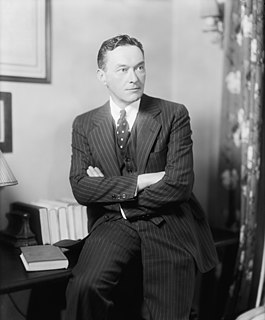Top 34 Quotes & Sayings by David McCandless
Explore popular quotes and sayings by a British journalist David McCandless.
Last updated on April 14, 2025.
I feel that every day, all of us now are being blasted by information design. It's being poured into our eyes through the Web, and we're all visualizers now; we're all demanding a visual aspect to our information. There's something almost quite magical about visual information. It's effortless; it literally pours in.
I've been working on a graphic about carbon emissions. It's an incredibly simple graphic - a bunch of blocks and a table below it - but it's taken me three weeks to design. For some reason it just wasn't working. Then finally I realized there was a number present, which I was rendering in each version, that wasn't necessary for the understanding of the piece. This figure was getting in the way and distracting from the main flow of the narrative. As soon as I pulled that graphic out of the design, it sprang into focus. Suddenly it worked.
There's a tendency in graphics to allow the trimming of certain parts. But I think that if you're open about your process, your methodology, such as introducing thresholds, introducing filters, techniques people use in research and data management, it's legitimate. It's legitimate to say, "We're only going to show data above this level, or between levels."
The classic one for me is one of my favorite images - left-versus-right political-spectrum image. I was trying to visualize the concepts on the political spectrum. I'm left-leaning, and I discovered as I was doing it that I had an impulse to make the left-hand side appear better than the right-hand side. That was manifesting in the way I was choosing certain words, framing certain ideas. I shared it with a few people, and they all said, "Oh my God, this is really biased." I hadn't seen it at all.
For years I thought I was just a writer, but when I sat down to design and started playing around with it, I realized that, really, it's pretty easy. Obviously it's more than just a set of rules, but the basics of design are actually pretty simple and quite mathematical. The link between data and design works at quite a fundamental level.
Simplification seems to be the removal of objects for the goal of making a graphic as clean and uncluttered as possible. Whereas, with optimization, it feels like there's more intelligence in that. It maintains the usability, but tries to distill something down to its essence. But with some data-sets you have to be careful because, as with linear, print journalism, it's easy to shave off facts that don't quite fit the flow.
Some of the commercial work I do is helping people to improve their presentations and add some design thinking. There are so many amazing things in science, and such great data, which can often be locked away. It's in the minds of these amazing practitioners, who can't necessarily express what they want in a visual way.
I remember researching a really complicated article and having trouble keeping track of all the different perspectives. I ended up drawing a diagram to help myself follow how the ideas were interrelated. I looked at the diagram when I had finished and thought, "Oh, maybe I don't need to write the article now - maybe I've done my job as a journalist. I can convey my understanding through the diagram."
I think everyone is struggling somewhat with presentation. The Internet is generally well designed, if you look at the most popular websites, so we expect our visuals to be at that level of quality. When you sit in a presentation and you're looking at nonsensical pie charts and the like, your audience does disengage. People across a range of industries, not just science, are struggling with their communication because their output doesn't compete with what people see on a day-to-day basis.
I'm doing a lot of cognitive processing. I'm gathering research. I'm processing it. I'm arranging the data. I'm sorting out the narrative. I'm designing. It's almost as if I do all the cognitive work that you then don't have to do. I digest it, process it, and then offer something that's very easy for you to digest.
